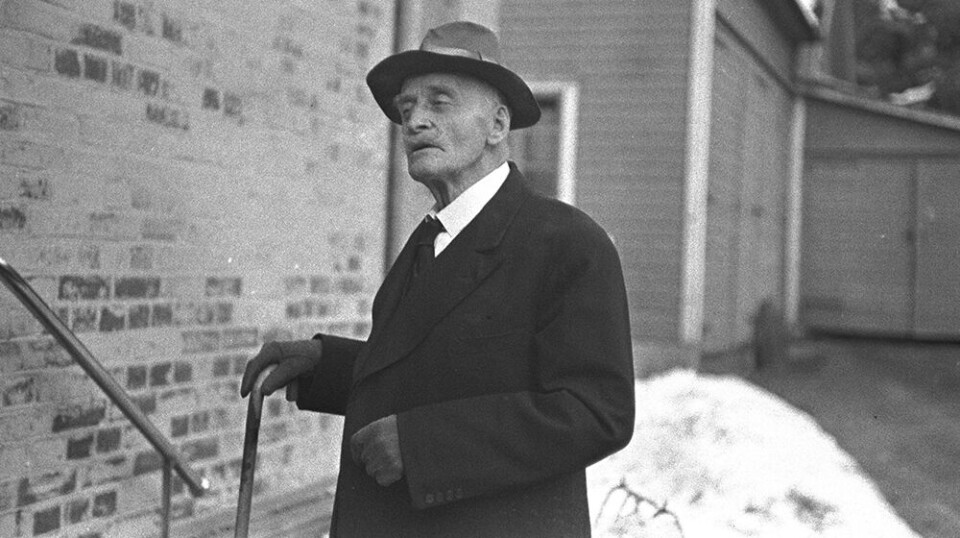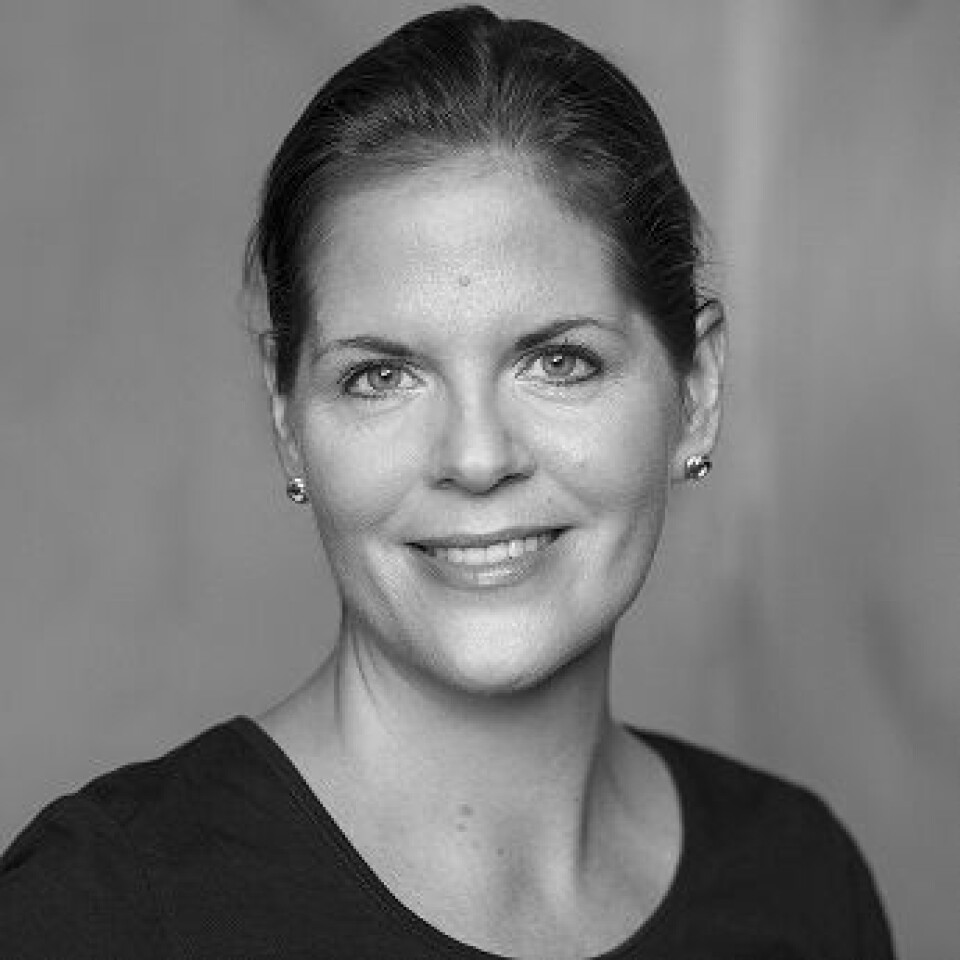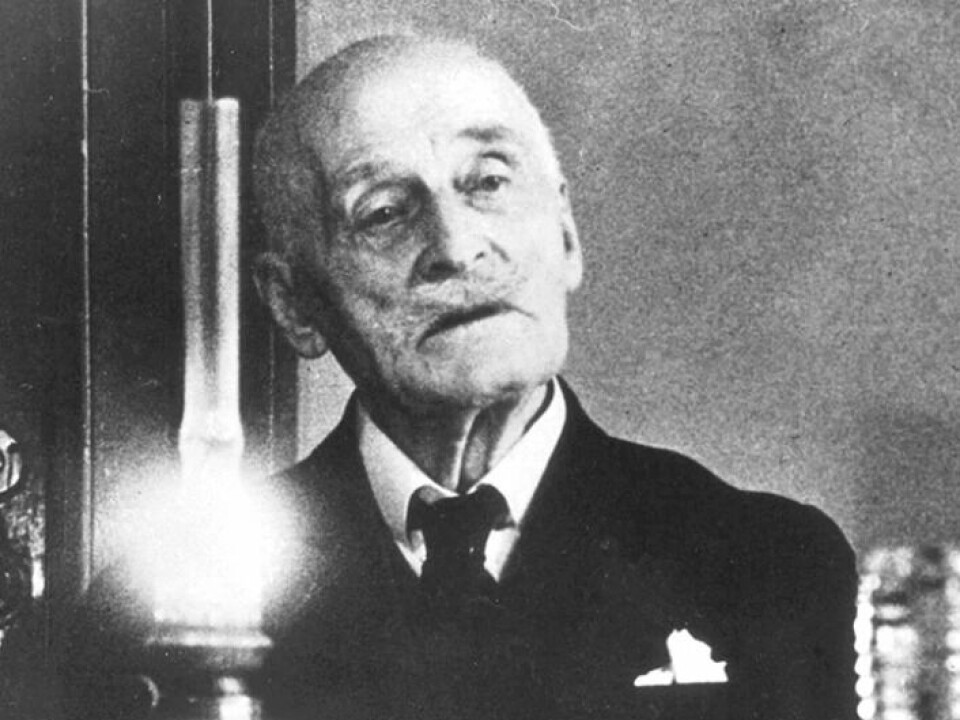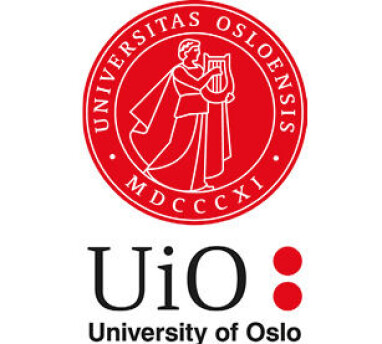THIS CONTENT IS BROUGHT TO YOU BY University of Oslo - read more

Did author Knut Hamsun ever feel guilt for openly supporting the Nazis?
New research raises the question of whether Hamsun acknowledged guilt after the end of the war.
“Hamsun did everything in his power to ensure that the Nazis would be successful during World War II. The widespread consensus is that he never regretted any of his ideologically motivated actions. I am challenging this understanding and I believe that our image of Hamsun in this respect should be revised,” researcher Birgitte Furberg Moe says.
Reflections on guilt
In her research, she examines the origins of the controversial classic On Overgrown Paths, a book that Hamsun wrote while he was on trial for committing treason.
Writing in the first person, he shares his thoughts, ranging from his childhood memories to events and thoughts he had after he was arrested in May 1945.
Furberg Moe has highlighted the theme of guilt in this autobiographical work. She has examined what this can tell us about Hamsun's own feelings of guilt or remorse after the end of the war.

“I am seeking to show that this work contains reflections about guilt and the difficult human process of acknowledging what might be involved in admitting that a serious mistake has been committed," she says.
Despite the fact that the work also contains an air of self-righteous innocence and vicitimhood, the researcher believes that Hamsun also acknowledged some of his guilt and was hoping that society would forgive him.
"Guilt and remorse are closely linked. This totality emerges after studying a number of sources derived from the years when he wrote the work, as well as a close reading of the work,” she says.
The writing process provides important knowledge
She notes that an important starting point for the work has been how an examination of the author's writing process could provide significant insights about the published text.
Furberg Moe has therefore studied more than 270 letters that Hamsun wrote between 1945 and 1949, manuscripts, notes, and several versions of the speech he gave to the court during his trial, as well as his diary from the time he spent in a psychiatric clinic.
She has also reviewed many other related letters and texts.
“This has provided me with a comprehensive understanding of how Hamsun wrote On Overgrown Paths, the motivation behind his writing, and the kind of relationship that exists between text and reality. Among other things, examining all this material helped to clarify the allegorical aspects of the text,” she says.
Hamsun turned to Christianity
In Hamsun’s book, Furberg Moe has found clear indications of an author who is seeking sympathy, as well as making excuses for his actions during the war.
However, she has also found reflections on sin and guilt.
“The work contains a partial acknowledgment of guilt. Hamsun was hedging his bets. His attempts to reduce his guilt while simultaneously and implicitly admitting a degree of guilt appear to serve as a rhetorical strategy designed to influence public opinion in order to reduce the hatred and condemnation against him," Furberg Moe says.
At the same time, it was not only rhetoric either. Hamsun turned towards Christianity after the war, something which affected the content of his book and the way it should be read, she claims.
“During the winter of 1945–46, Hamsun was forcibly admitted to a psychiatric clinic in Oslo as part of the treason case against him. He then experienced the greatest crisis of his life and turned towards God for comfort and help, as is evident in his letters and diary. In the Christian God, he rediscovered his childhood faith and a new point of reference as a result of the defeat after the war,” Furberg Moe explains.
This affects the way in which On Overgrown Paths should be read, and not least how we should interpret all the religious references and allusions contained in the book.
An allusion is a brief reference to a person, place, thing, or idea from history, literature, or culture within a work, such as a famous quote.
“The Christian theme reflects his faith in God and a genuine reflection on guilt and forgiveness. In this context, one needs to distinguish between legal and religious guilt,” she says. “Actually, I think the title of the work alludes to the fact that Hamsun was on the wrong path during the war.”
We should not excuse him
Furberg Moe also points out that Hamsun's friend, Christian Gierløff, provided Hamsun with advice about his writing during the period 1945-49. He helped to enlighten Hamsun about the wrongdoings he had committed during the war.
Furberg Moe believes that he actually made Hamsun realise his mistake to some extent.
“At the same time, it is important to highlight that Hamsun denied being a member of National Gathering and that Gierløff supported him in the subsequent civil liability case brought against him,” she says.
While Furberg Moe thinks that our image of Hamsun should be revised, she does not suggest that we should excuse his Nazism or his support for the German occupying forces.
“His deeds during World War II were much darker than many people realise,” she says.

During her doctoral work, she came across unknown letters showing the Hamsun family's close connections with Paul Grassmann. He was the German press attaché in Stockholm, Sweden during the Hitler Regime. He ensured that pro-Nazi texts by Hamsun were printed.
She also found a previously unknown Hamsun text in which the author expresses deep gratitude towards Germany. This text was published by the Nazi propaganda organisation Die Nordische Gesellschaf.
Room for forgiveness?
“It is important that we condemn Hamsun's actions and do not underestimate them, something that Hamsun himself tried to do in On Overgrown Paths. He was largely successful in raising subsequent confusion about his role during the war and the fact that he had not been warned about his political views. This was simply not the case, but a strategic lie,” Furberg Moe says.
She points out that an important aim of his book was designed to influence the reader's emotions and turn public opinion away from condemnation towards compassion, so that he and his family could have peace.
“Today, we should read On Overgrown Paths primarily as a text about Hamsun's role during the war, the consequences thereof, and his existential deliberations during his trial for treason. However, it is also important to include the Christian theme that reflects faith in God and sincere reflections on guilt and forgiveness,” she says, and continues:
“There may be something conciliatory in the fact that Hamsun seems to have acknowledged parts of his guilt related to what he had been involved in, and that his book contains the potential for hidden remorse. But the question of whether or not there is room for forgiveness should be left up to each of us.”
Reference:
Birgitte Furberg Moe: 'Om tekstens tilblivelse og om skyld i Knut Hamsuns Paa gjengrodde Stier (1949)' (About the text's genesis and guilt in Knut Hamsun's On Overgrown Paths (1949))m Doctoral dissertation, University of Oslo, 2023. (About the dissertation, link in norwegian)

This content is paid for and presented by the University of Oslo
This content is created by the University of Oslo's communication staff, who use this platform to communicate science and share results from research with the public. The University of Oslo is one of more than 80 owners of ScienceNorway.no. Read more here.
More content from the University of Oslo:
-
Putin’s dream of the perfect family
-
How international standards are transforming the world
-
A researcher has listened to 480 versions of Hitler's favourite music. This is what he found
-
Researcher: "AI weakens our judgement"
-
New, worrying trend among incels, according to researcher
-
Ship’s logs have shaped our understanding of the sea




































